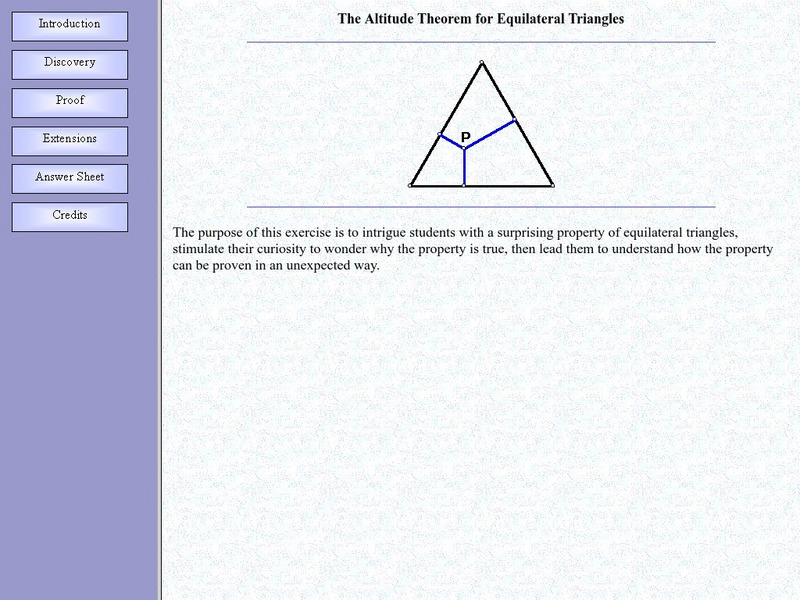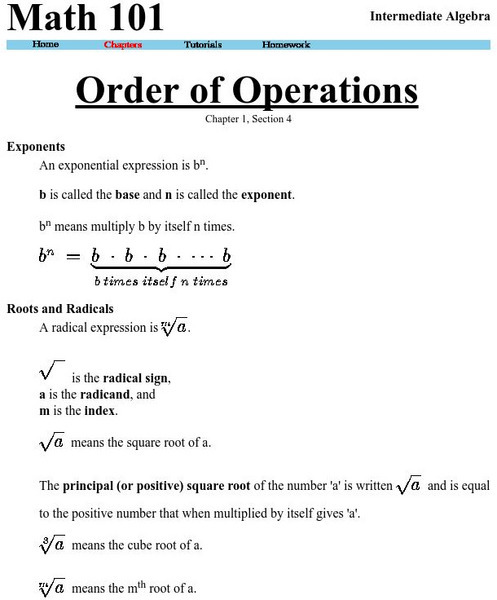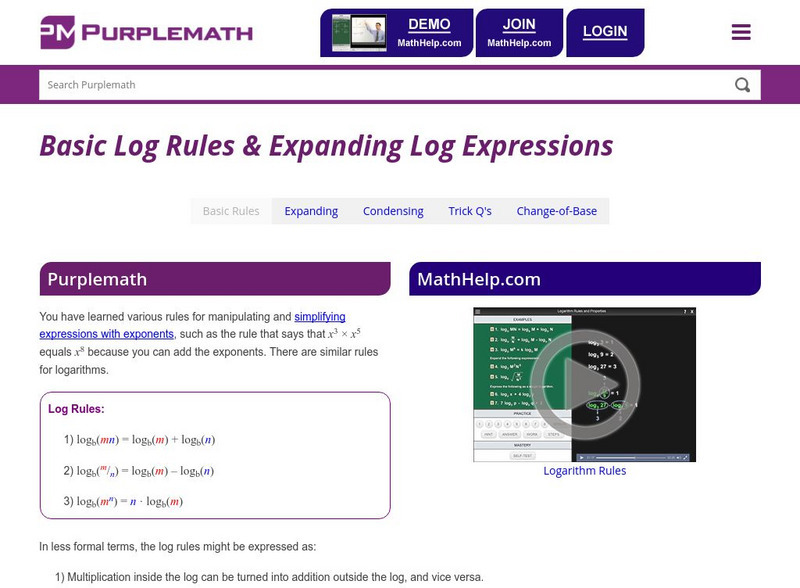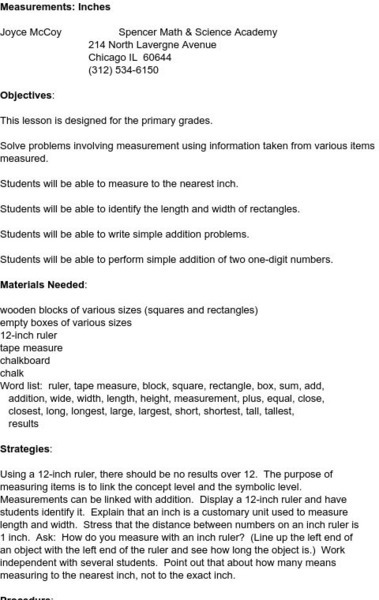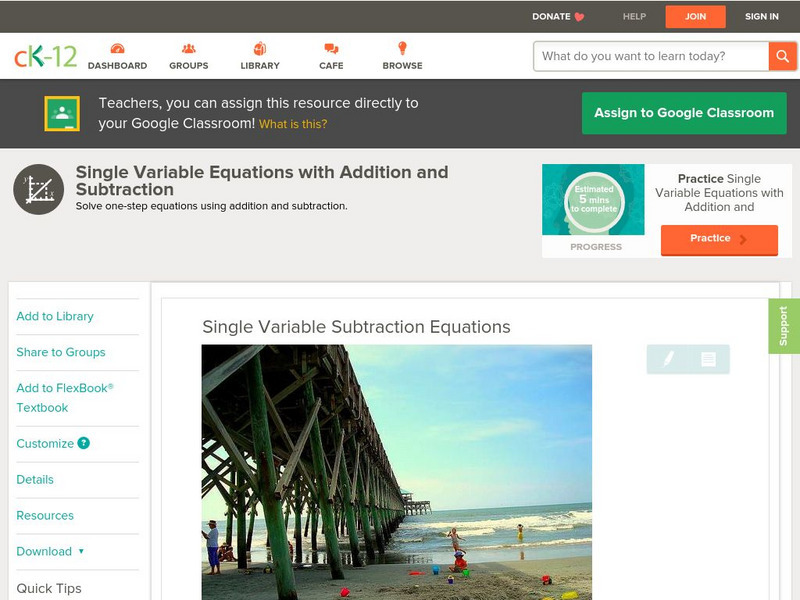Integrated Publishing
Integrated Publishing: Inequalities
Read an explanation of both the addition and multiplication properties of inequalities. Examples and practice problems (with their solutions) are also provided.
Amethyst Galleries
Native Sulfur
This informative site explains the reason behind the odor of sulfur. In addition, the physical characteristics of sulfur are listed and explained.
TeachEngineering
Teach Engineering: Viscous Fluids
Students are introduced to the similarities and differences in the behaviors of elastic solids and viscous fluids. Several types of fluid behaviors are described--Bingham plastic, Newtonian, shear thinning and shear thickening--along...
Texas A&M University
Wtamu Virtual Math Lab: Intermediate Algebra
This site is a tutorial for students in algebra 2 or for those who need a refresher. The site has explanations, definitions, examples, practice problems and practice tests are found covering topics such as linear equations, graphing,...
Common Core Sheets
Common Core Sheets: Finding Opposites [Pdf]
This site provides worksheets covering the concept of finding opposites also know as additive inverses. There are ten worksheets and each has an answer key. All files are grouped together as a pdf file.
CK-12 Foundation
Ck 12: Algebra: One Step Equations and Inverse Operations
[Free Registration/Login may be required to access all resource tools.] In this lesson students learn how to solve one-step equations. Students examine guided notes, review guided practice, watch instructional videos and attempt practice...
Duke University
Duke University: Web Feats Ii: Altitude Theorem for Equilateral Triangles
This resource provides information about the altitude theorem for equilateral triangles, in addition to links on related topics. Requires Java.
Better Lesson
Better Lesson: Math Centers Review Previous Skills
Students will be able to independently practice graphing, teen numbers, and addition.
Analyze Math
Analyze Math: Free Math Tutorials: Triangles
The geometry tutorial investigates the definitions and properties of triangles. Topics included are isosceles, equilateral, and right triangles. In addition, the sine and cosine laws of triangles are defined.
McGraw Hill
Mc Graw Hill: The Additive Inverse Property
The sum of any number and its additive inverse is always a zero. This site gives you the rule for this property.
K-5 Math Teaching Resources
K 5 Math Teaching Resources: Turn Around Dominoes [Pdf]
Write addition number sentences using the commutative property.
Alabama Learning Exchange
Alex: Camp Add 'Em Up
When you go to camp, you expect to have a great time and learn a lot. The Camp Add 'Em Up lesson series is designed to guide a first grade student through development of addition and subtraction strategies through patterning. This lesson...
CK-12 Foundation
Ck 12: Arithmetic: Decimals
[Free Registration/Login may be required to access all resource tools.] Use number properties in decimal operations
TeachEngineering
Teach Engineering: Fluid Power Basics
Students learn about the basic fundamental concepts regarding fluid power, which includes both pneumatic, which utilize gas, and hydraulic, which utilize liquid, systems. Both systems contain four basic components: a reservoir, a pump or...
TeachEngineering
Teach Engineering: Flocculants: The First Step to Cleaner Water!
Students experience firsthand one of the most common water treatment types in the industry today, flocculants. They learn how the amount of suspended solids in water is measured using the basic properties of matter and light. In...
University of South Florida
Educational Technology Clearinghouse: Lit2 Go: Lewis Carroll: Symbolic Logic
The text of a book "discussing the area of mathematics which studies the purely formal properties of strings of symbols." The text can be read online or downloaded by individual chapters in MP3 or PDF format. In addition, each chapter...
Washington State University
Washington State University: Order of Operations
Washington State University provides a short lesson concerning which operations to execute first in solving an equation. The site provides the answers with an example.
Sophia Learning
Sophia: Using Associativity: Lesson 1
This lesson will demonstrate how to use the Associative Properties of Addition and Multiplication. It is 1 of 4 in the series titled "Using Associativity."
Sophia Learning
Sophia: Using Commutativity: Lesson 1
This lesson will demonstrate how to use the Commutative Properties of Addition and Multiplication. It is 1 of 4 in the series titled "Using Commutativity."
Purple Math
Purplemath: Basic Log Rules / Explanding Logarithmic Expressions
Purplemath gives both a formal and informal discussion of log rules with exercises. Examples include expanding, simplifying, and evaluating logarithms. Changing the base of a logarithm is also discussed with examples.
Primary Resources
Primary Resources: General Multiplication and Division
A huge collection of teacher resources in basic multiplication and division. Information on multiplication as repeated addition and division as repeated subtraction. Includes worksheets, games, PowerPoint presentations, smartboard...
Science and Mathematics Initiative for Learning Enhancement (SMILE)
Smile: Measurement Inches
This lesson plan for primary students gives students hands-on practice in using a ruler and understanding customary measurements, length and width in inches. Students also create simple one and two digit addition problems related to the...
CK-12 Foundation
Ck 12: Algebra: Single Variable Subtraction Equations
[Free Registration/Login may be required to access all resource tools.] Solve single variable subtraction equations
CommonLit
Common Lit: Egg
CommonLit.org is a wonderful resource to use in a Language Arts classroom. Each story, article or poem is accompanied by guided reading questions, assessment questions, and discussion questions. In addition, students can click on words...
Other popular searches
- Properties of Addition
- Math Properties of Addition
- Identity Property of Addition
- Zero Property of Addition
- Property of Addition
- Addition Property of Equality
- Order Property of Addition
- Closure Property of Addition
- Grouping Property of Addition



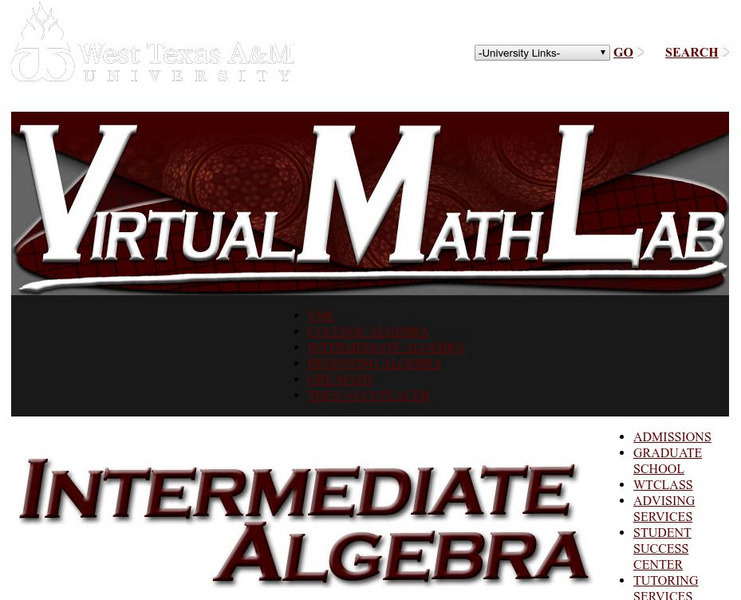
![Common Core Sheets: Finding Opposites [Pdf] Activity Common Core Sheets: Finding Opposites [Pdf] Activity](https://static.lp.lexp.cloud/images/attachment_defaults/resource/large/FPO-knovation.png)

